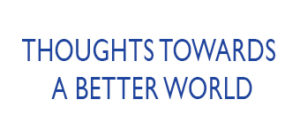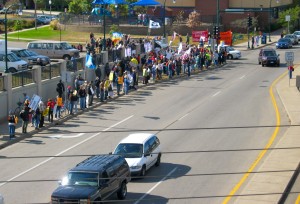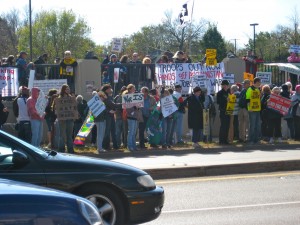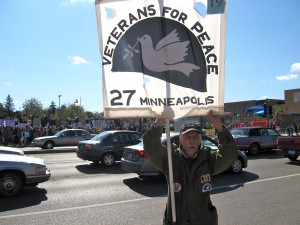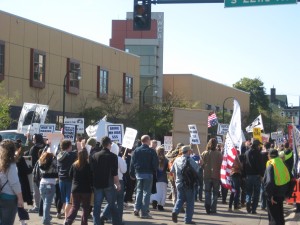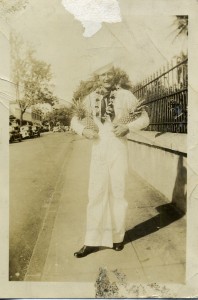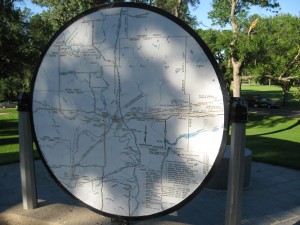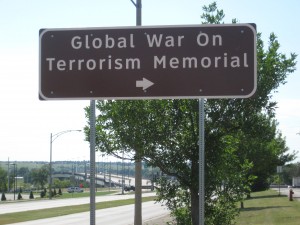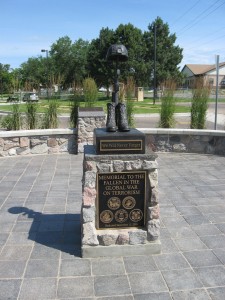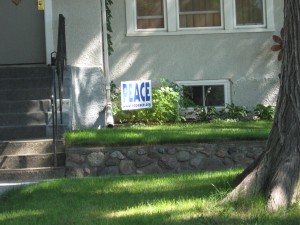#624 – Dick Bernard: Election 2012 #46 – 4000 days at War in Afghanistan
Someone has calculated that today, September 19, 2012, is the 4000th day of the beginning of the War in Afghanistan: the day the bombing began, October 7, 2001.
Except for isolated demonstrations, including one this afternoon from 5-6 p.m. at the Lake Street bridge in Minneapolis, there will be little attention paid to this anniversary.
One of the few newspaper articles I have kept for posterity is one from October 8, 2001: Afghanistan Oct 7 2001001
This is a short article, simply describing the results of a poll of Americans at the time about going to War. It is worth reading. If you don’t care to open it: succinctly, 94% of Americans approved of the bombing of Afghanistan for whatever reasons they might have had for the action.
For a politician to be against the war in 2001 would have been almost certain political suicide.
I was one of the 6% who, had I been asked, would have disapproved of the bombing in 2001.
My opinion wasn’t based on being anti-war, then, though it was that singular event that launched my subsequent activist life.
As a military veteran myself, in the Army at the time of the Cuban Missile Crisis in 1962, in a unit that was mobilized for possible action, I was not altruistic.
Very simply, on that dark day in 2001, I could see absolutely no long term good coming out of attacking a country, Afghanistan, whose only ‘sin’ was harboring an isolated bunch of terrorists who were soon to become enshrined in our political conversation as “al Qaeda” (which, to my knowledge, is simply an Arabic term, al-qa’ida: “the base”).
October 8, 2001, was a very lonely time to be against War, I can attest.
Only about one of twenty Americans agreed with me, and most thought there was going to be a long war, and were okay with the idea and (I suppose) thought that we’d “win” something or other.
Not long after, of course, our sights shifted to Iraq, a country which had nothing to do with 9-11-01.
Of course, our futile exercise in supposedly attempting to eliminate evil in the world is succeeding only in slowly destroying ourselves.
“The Base” has to be pleased.
I probably won’t change anybodies mind, but take a bit of time today to consider a few numbers related to that number 4000 (my apologies for any math errors):
2977 – the number of deaths on 9-11-01 (including citizens of over 90 countries, but excluding the 19 hijackers, none of whom were Afghan)
2686 – the number of days of War on President George W. Bush’s watch
1314 – the number of days of War on President Barack Obama’s watch
Nov. 9, 2009 – the approximate date where we’d been at war for 2977 days: one day of war per 9-11-01 casualty.
There is no prospect of ever “winning” the war against terrorism, or Afghanistan, yet we persist in our fantasy for all the assorted reasons we might have. There is no still sane politician who will argue that we must end war now, or ever.
The fault is not the politicians (unless we extend the definition of “politician” to include ourselves, each and every one of us.)
There is no truer example of the truth of Gandhi’s words “we must be the change we wish to see in the world”.
Start where you’re at, as an individual, today, now.
A good place to begin to focus is this Friday, September 21, the International Day of Peace. There are numerous links. Here is the one that is at the top of the google search list.
Personally, I’ll be over in New Richmond WI, witnessing 14 year old Eric Lusardi’s becoming an Eagle Scout (the public ceremony is at 4:00 p.m., New Richmond Community Commons). Part of the ceremony will be dedication of a Peace Site.
Eric exemplifies Gandhi, and I think he’s an exemplary example of youth for our future as a people and a planet.
For some personal inspiration for Peace, visit A Million Copies, here.
